Learning Lessons from Limon Costa Rica
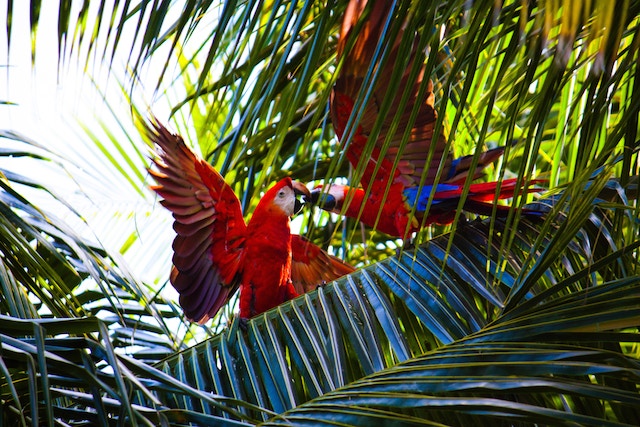

The Caribbean population came to Costa Rica in a few waves, but the most important wave happened in the 1860s when many Jamaicans were recruited to build the national railway. The immigrants weren’t paid their promised wages, and many ended up staying in Limon Province for lack of better options. Limonenses, as they call themselves, were not given Costa Rican citizenship until 1948. Their travel was also restricted. Until the last few years, getting to Limon City from San Jose was a six-hour train ride.
Learning Lessons from Limon Costa Rica.
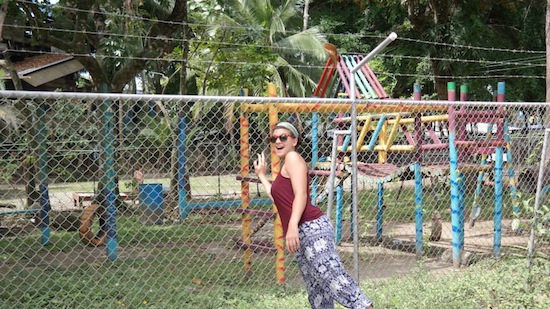
Now it is an easy three or four-hour drive. Because Costa Ricans preferred to think of their country as a ‘civilized’ (meaning European-style), white country, Limonenses (who are mainly people of color and come from a different culture) were essentially ignored. Even now people in Limon have much fewer resources in terms of education, employment, and health services despite the fact that about 80% of Costa Rica’s wealth in exports flows through the heart of Limon City. The relative isolation that Limon experiences means that culture in Limon is still deeply Caribbean.
The relative isolation that Limon experiences means that culture in Limon is still deeply Caribbean.
Often tourists come to Costa Rica for the beaches, the mountains, and the rainforest adventures, but not for the culture. Places like Nicaragua and Honduras are known for their histories of conflict, which attract many risk-seeking tourists. But Costa Rica is known for its ability to avoid large-scale civil violence, so the adventure here is mainly eco-based. And Costa Rican mainstream culture is interesting for sure, but going to Limon is another story entirely.
In San Jose, you are one among many and people take very little notice of you unless you are in their way. People are definitely courteous, but they won’t necessarily go out of their way to help you or welcome you. In Limon, I had a totally different feeling. Limon City is pretty small, so it is possible to walk almost everywhere, and people do. When you go into a restaurant to eat, everybody says hello. Also, because most Limonenses are descended from Caribbean peoples, many people speak English!
Sometimes when we travel, we like to imagine history as a static moment in the past. But history is always present in the way we talk to and perceive each other.
All of the people we met with spoke eloquently about the feeling of family and community in Limon. Now, as San Jose becomes more and more accessible, the family feeling of Limon City is changing a little. Young people with dreams and potential are leaving for San Jose to go to better universities and get jobs. Meanwhile people who profit from drug trafficking and other forms of violence take advantage of the relative poverty of Limon Province. So yes, things are changing. But Limon is still home to an amazing culture that travelers in Central America shouldn’t miss.
In Limon City, we took a dance class with the well-known choreographer, teacher, and dancer Claudio Taylor. Taylor led us as we danced, laughing and looking awkward, to Caribbean and African beats. We learned a dance of revolution, created by banana workers striking for better conditions. We marched across the floor, learning the steps that history and the struggle for justice created. At that moment, I remembered how being present and physical in our travels makes us better students and listeners. We heard the sound of our feet slapping against the floor together in rhythm, creating a new community of sound.
Learning Lessons from Limon Costa Rica.
If you are planning a trip to Costa Rica, you should think about spending some time in Limon Province–not only because the food is really, really, really good (the typical Costa Rican dish of rice and beans is even better with coconut milk) but also because it will allow you to experience an amazing sense of community and to feel the history of the place. Sometimes when we travel, we like to imagine history as a static moment in the past. But history is always present in the way we talk to and perceive each other. Just like in the dance we learned, our steps aren’t random. They are infused with a past we did not create or control.
After our school-run trip ended, I went to Puerto Viejo with one of my friends. Puerto Viejo, which means Old Port, was once a very poor and much ignored town. Now it is overrun with vegan hippie Italians and artisanal chocolate farms and eco-friendly hostels… and us! Most of the businesses in Puerto Viejo are owned by foreigners, so the money made doesn’t really benefit the local community. This reality was troubling to me, because Limon Province has a history of being taken advantage of economically and physically. Maybe the artisanal chocolate makers don’t mean to be exploitative, but by taking land and business away from locals the economic impact is not exactly positive.
Maybe the artisanal chocolate makers don’t mean to be exploitative, but by taking land and business away from locals the economic impact is not exactly positive.
Being in Puerto Viejo, I thought again about how my physical body’s movements through the world are an extension of history. Learning a dance of resistance and revolution that doesn’t belong to me is good, as long as I don’t pretend that it is now mine. But going to Puerto Viejo, I felt like I was participating in a culture of mine-ness that we Westerners unconsciously re-make daily. This town is poor and forgotten and next to a beach–what a perfect place to set up hostels and make money! Sometimes as travelers and as foreigners, we forget that the world isn’t actually our oyster.
So if you’re coming to Costa Rica, visit Limon. Go and meet people, eat local foods, visit some of the thousands of little Pentecostal churches that are springing up everywhere, learn some new dance moves, and soak up the history and culture of community and family there. Just remember who you are: how does your body move through the world? How does your history shape you?
When we travel, we make our own histories. And we listen to histories that we don’t own.

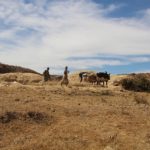

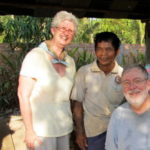




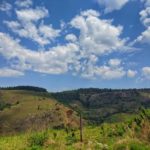
Brilliant article well done. About time more was written about Limon.
Hi! I am trying to find out more about Claudio Taylor’s dance workshops? Would you have any information on how to find out about his next workshops or where he teaches??
Thanks